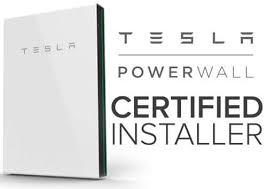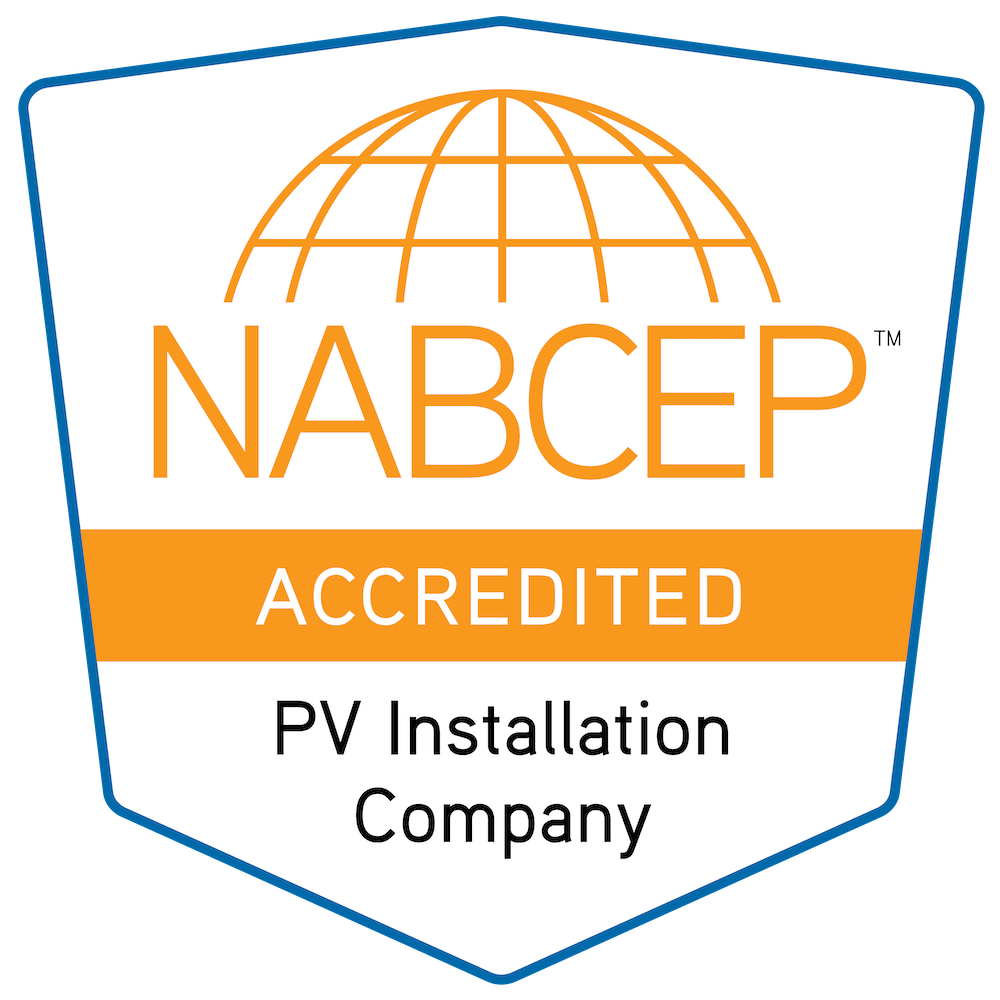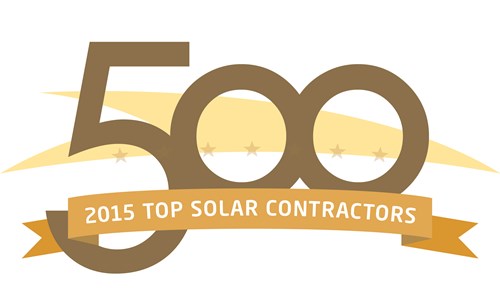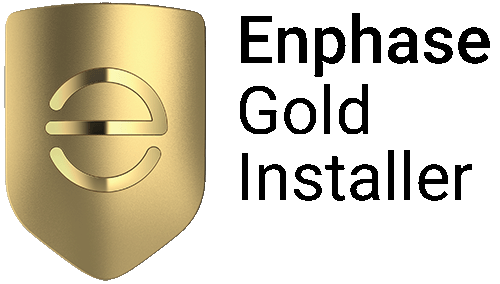7 changes you’ll see after solar panel installation

So, you’ve installed solar panels in your home. What happens next? While the system itself is an initial investment, it offers immediate as well as long-term financial and environmental benefits. Here are seven changes you’ll see after your solar panel installation:
- Home value increase
On average, the investment in solar panels increases the home’s resale value by approximately 3.5 percent. According to a Berkeley Lab study, homebuyers are consistently willing to pay more for a home with a PV system across a variety of states, architectural styles and housing markets. - Return on investment.
In many cases, the increased value exceeds the installation price, providing an instant return on investment. In the first year, most homeowners see about a 7 percent annual return in energy costs on their solar investment. - Meter spins backward.
More likely than not, you’ll watch your power meter run backward after you go solar. Your meter tracks and records the energy that your PV system produces. This electrical meter reverses when your PV system makes more energy than your home uses. If you reach net-zero, which is when you have enough solar panels to harvest the same average number of kilowatt-hours that your home uses per day, your meter will spin backward as much as forward in a typical year. - Electric bill reduction.
An average Florida home experiences a 70 to 90 percent electricity cost reduction with a grid-tied PV system. Typically, reaching net-zero, where you offset your entire energy usage, will reduce electric bills by about 90 percent as a result of utility base rate charges, taxes and government fees. - Decrease of carbon footprint.
By using solar power, you’re reducing harmful electricity emissions because you’re no longer generating carbon dioxide through electrical use. This offset of carbon dioxide helps conserve thousands of gallons of water per year. The Solar Energy Industries Association revealed that the solar industry offset 37 million metric tons of CO2 emissions and reduced carbon emissions – equivalent to planting 956 million trees. By switching to solar, you’re immediately contributing to these numbers and helping the environment. - Solar-powered air conditioning.
Your PV system will be able to run your air conditioning. It’s tied into the main building service panel, thus providing power to the whole house instead of just one appliance. - Backup power if the utility power fails.
If your PV system has battery backup, then you’ll still have backup power when utility power goes out. If your home has a grid-interconnected PV system, it’s not storing energy and will automatically shut down if the utility power goes out. This ensures that a PV system won’t back feed and put utility workers in harm’s way.
It’s important to consider that each home and PV system is unique. Net-zero may not be possible in every home, as it depends on electric consumption relative to roof area available.












